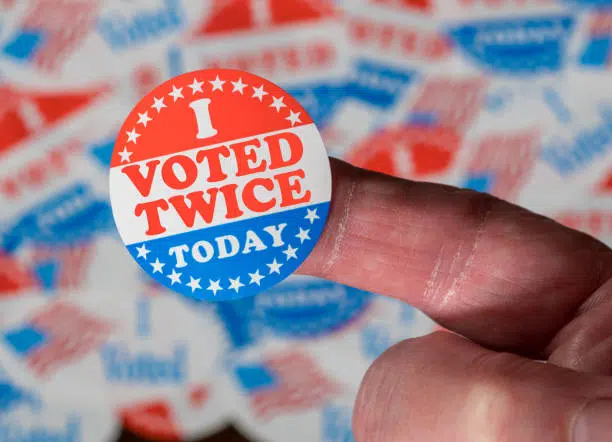
Congress Spent $19 Billion on Pork Barrel Projects in 2022, New Report Reveals
Members of Congress spent nearly $19 billion taxpayer dollars on earmarks in Fiscal Year (FY) 2022, and that was a 19 percent increase over what they spent in FY 2021.
This, according to the Washington, D.C.-based Citizens Against Government Waste (CAGW). The organization released its 2022 Congressional Pig Book last week.
“The most powerful legislators unduly benefited from the return of earmarks. Senate Appropriations Committee Ranking Member Richard Shelby (R-Ala.) received by far the highest dollar amount of earmarks. His 16 earmarks cost $647,936,000, which is $270,437,000 (71.6 percent) more than the legislator in second place, Rep. Brian Mast (R-Fla.), who received six earmarks costing $377,499,000,” according to the CAGW report.
“Three more senators were in the top five: Senate Appropriations Committee member Lindsey Graham (R-S.C.), who received 31 earmarks costing $361,193,000; Senate Majority Leader Chuck Schumer (D-N.Y.), who received 205 earmarks costing $316,024,824; and Senate Appropriations Committee member Roy Blunt (R-Mo.), who received 48 earmarks costing $313,265,000. These five members of Congress together received $2,015,917,824, or 10.7 percent of the FY 2022 earmarks.”
The CAGW report cited the following pork-barrel projects, which were only a few examples among more than 5,000 others:
• $31.5 million to fund presidential libraries
• $10.1 million for 24 earmarks for the Save America’s Treasure’s (SAT’S) grants, including $500,000 to preserve the Nansen Ski Jump Historic Site in Milan, N.H.
• $3 million for the Palo Alto Museum in California
• $1 million for the St. Louis Symphony Orchestra
• $650,000 for feral swine management
• $240,000 for rodeo drive improvements in Chico Valley, Ariz.
Earmarks, the CAGW report went on to say, “continue to provide the most benefit to those with spots on prime congressional committees.” In FY 2022, the 89 members of the House and Senate appropriations committees, making up only 17 percent of Congress, were responsible for 41.1 percent of the earmarks and 29.1 percent of the money.
“The new system of earmarking benefited senators far more than representatives, as the top 50 earmark recipients by dollar featured only two legislators from the lower chamber, and Democrats far more than Republicans. There were 273 Democrats, or 99.3 percent of the 275, who received 5,435 earmarks totaling $8,510,474,770, while 120 Republicans, or 45.8 percent of the 262, received 1,320 earmarks costing $4,952,024,395. Because multiple legislators often requested the same earmark, the combined individual totals exceed the total number and dollar value of earmarks attributed to members of Congress in the bills,” according to the report.
“Like the earmarks prior to the moratorium, states with smaller populations got a disproportionate amount, especially if they had members on powerful committees. Alaska ($337.07 per resident) received the most pork per capita, calculated as dollars in earmarks relative to population, followed by Vermont ($312.51 per resident), Hawaii ($182.12 per resident), West Virginia ($164.28 per resident) and Maine ($142.38 per resident). Alaska, Hawaii, and West Virginia were in the top three every year between 2008-2010.”
All items in the CAGW report meet at least one of the following seven criteria, but most satisfy at least two:
• Requested by only one chamber of Congress
• Not specifically authorized
• Not competitively awarded
• Not requested by the president
• Greatly exceeds the president’s budget request or the previous year’s funding
• Not the subject of congressional hearings
• Serves only a local or special interest
Members of Congress overturned the 2011 earmark moratorium and formally restored them in fiscal year (FY) 2022.
“House Democrats revived the practice, House Republicans agreed to restore them on March 17, 2021, and Senate Democrats followed suit on April 26, 2021,” according to the CAGW report.
“Senate Republicans voted to uphold the moratorium on April 21, 2021, but the agreement was nonbinding, and many of them received earmarks.”



